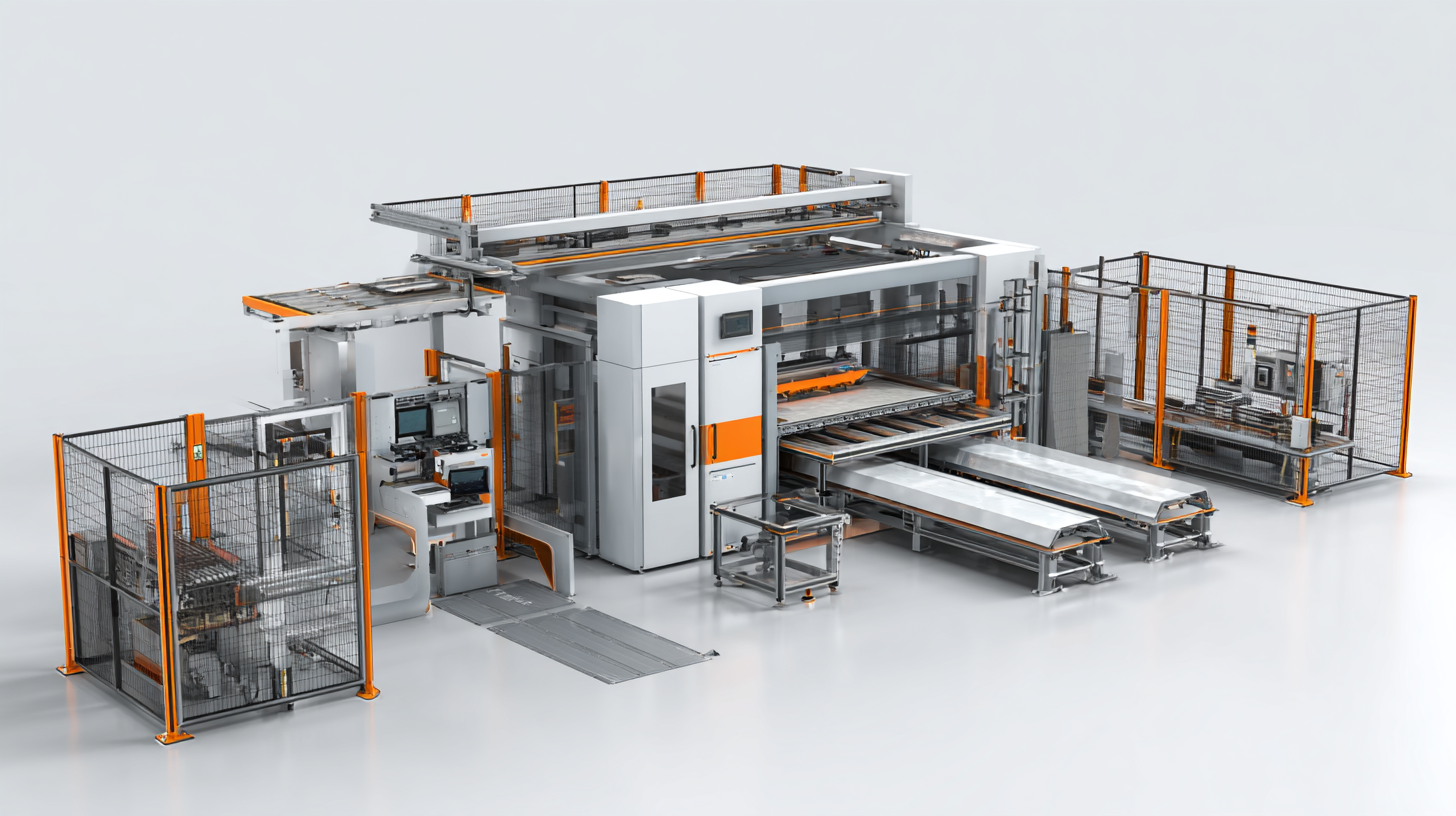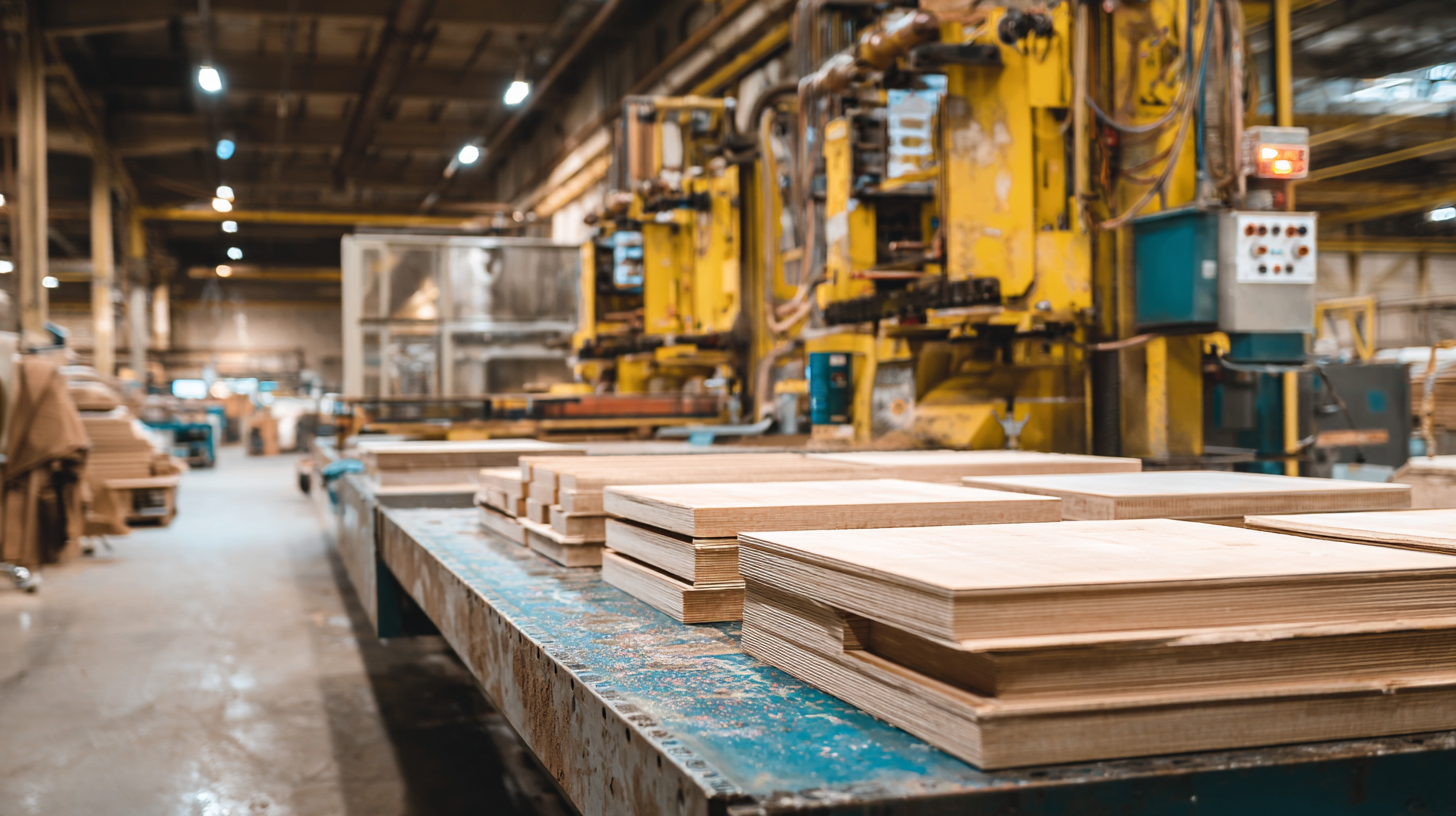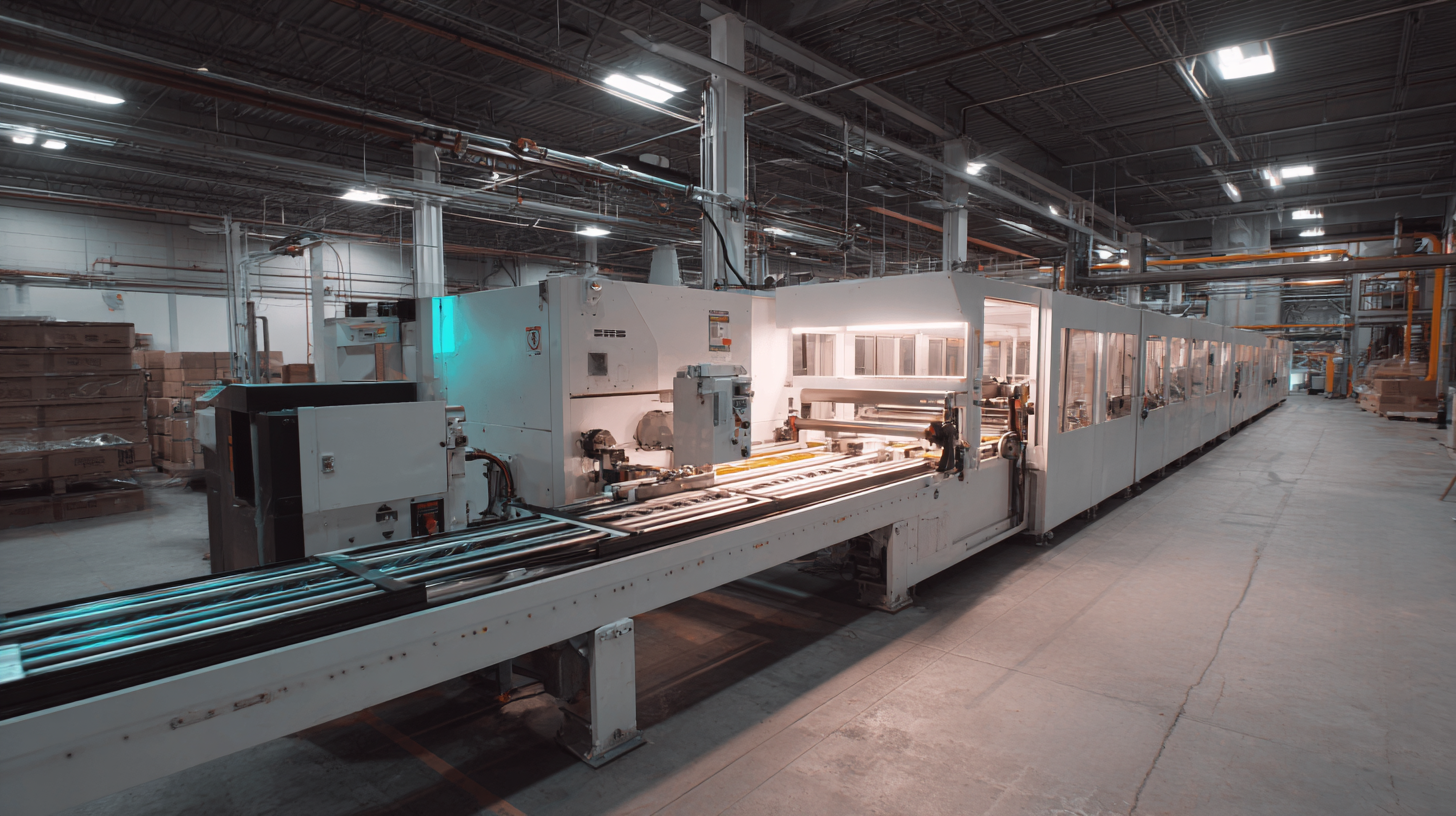Exploring Innovative Alternatives to the Best Door Manufacturing Machine for Your Factory Needs
In the evolving landscape of manufacturing, selecting the right Door Manufacturing Machine can significantly impact productivity, efficiency, and product quality. As factories strive to meet increasing demand and implement innovative solutions, the need for a reliable machine that aligns with specific operational requirements becomes paramount. This blog will explore various innovative alternatives to conventional door manufacturing machinery, providing insights into essential criteria for selecting a high-quality manufacturer. We will delve into the latest technologies, customization options, and cost-effective practices that can enhance your factory's performance. By understanding the myriad of available solutions and identifying reputable manufacturers, businesses can ensure they make informed decisions that cater to their unique production needs while maintaining competitive advantage in the market.

The Evolution of Door Manufacturing: Embracing Innovative Technologies
The evolution of door manufacturing is increasingly marked by the integration of innovative technologies that enhance efficiency and quality. According to a recent report by Technavio, the global door manufacturing market is projected to grow by over $10 billion from 2021 to 2025, largely driven by automation and smart manufacturing processes. These advancements facilitate faster production times and reduced waste, allowing manufacturers to meet the diverse demands of modern construction projects.
One of the most significant trends in this sector is the use of CAD/CAM technology, which allows for precise design and fabrication of doors. This not only improves accuracy but also enables manufacturers to easily customize products to suit specific client requirements. Additionally, the adoption of robotics in assembly lines has shown to increase productivity by up to 30%, as highlighted by a report from McKinsey. These innovative alternatives are revolutionizing door manufacturing, making it essential for factories to embrace these technologies to stay competitive and fulfill the expectations of an evolving market.
Exploring Innovative Alternatives to the Best Door Manufacturing Machine for Your Factory Needs
| Technology | Benefits | Investment Level | Efficiency (%) |
|---|---|---|---|
| CNC Routing | Precision cutting, customizable designs | High | 90 |
| Laser Cutting | High accuracy, minimal material waste | High | 95 |
| Robotic Automation | Increased production rates, reduced labor costs | Very High | 85 |
| 3D Printing | Complex designs, rapid prototyping | Medium | 70 |
| Smart Sensors | Real-time monitoring, enhanced safety | Low | 65 |
Evaluating the Best Machines: Key Features for Quality Production
When evaluating the best door manufacturing machines for your factory needs, it is essential to consider key features that directly impact production quality. Emerging technologies, such as the Internet of Things (IoT) and big data analytics, play a crucial role in enhancing manufacturing processes. According to recent assessments, integrating IoT can improve operational efficiency by approximately 20%, as it allows for real-time monitoring and predictive maintenance. This approach not only saves costs but also minimizes downtime by anticipating equipment failures before they occur.
Moreover, advancements in machine learning algorithms have facilitated better quality control measures in manufacturing settings. For instance, the predictive maintenance strategies hinge on analyzing equipment runtime data, helping businesses identify potential issues early. Data from the shared economy indicates that companies adopting these data-driven techniques see a projected increase in productivity levels by 25%, underscoring the necessity of aligning machine capabilities with these innovative approaches. By prioritizing these aspects, manufacturers can optimize their operations and achieve higher quality outputs in their production lines.
Sustainable Alternatives: Eco-Friendly Solutions for Door Manufacturing
As the demand for eco-friendly manufacturing practices escalates in various industries, door manufacturing is no exception. Innovative alternatives to traditional door manufacturing machines are emerging, focusing heavily on sustainability. According to a report by the World Green Building Council, buildings account for 39% of global carbon emissions, underscoring the urgent need for greener manufacturing solutions. By integrating machines that use sustainable materials and energy-efficient processes, factories can significantly reduce their carbon footprint while meeting market demand for environmentally responsible products.

Recent advancements in technology have led to the development of machinery capable of utilizing recycled materials, like reclaimed wood and biodegradable composites, which have shown to minimize waste in the manufacturing process. A study from the Ellen MacArthur Foundation emphasizes that circular economy practices can reduce resource consumption by up to 80%. Furthermore, investing in machines with lower energy consumption not only decreases operational costs but also aligns with global sustainability goals. Manufacturers are increasingly seeking solutions that allow them to produce high-quality doors while committing to environmentally friendly practices, and the shift toward sustainable alternatives is paving the way for a greener future in the industry.
The Future of Manufacturing: Automation and Smart Factory Integration
In today’s rapidly evolving manufacturing landscape, the integration of automation and smart technology is not just a trend but a necessity for factories aiming to enhance efficiency and production quality. Automation systems allow manufacturers to streamline operations, reduce human error, and increase output. With intelligent machinery that can adapt and learn from production patterns, facilities can ensure a higher level of precision in their door manufacturing processes, ultimately leading to superior product quality.
Furthermore, the concept of a smart factory incorporates the Internet of Things (IoT) to create interconnected systems that facilitate real-time data analysis and decision-making. By harnessing the power of big data, manufacturers can monitor machinery performance, predict maintenance needs, and even customize production lines on the fly. This shift towards intelligent manufacturing not only boosts operational efficiency but also offers flexibility to meet the diverse needs of customers, making it an essential component for any factory looking to thrive in the future. Embracing these innovative technologies will redefine industry standards, providing a competitive edge in the market.
Exploring Innovative Alternatives in Door Manufacturing Machines
Global Market Trends: Addressing Demand Through Advanced Machinery
In today’s rapidly evolving manufacturing landscape, understanding global market trends is crucial for businesses looking to enhance their production capabilities. The demand for innovative door manufacturing machinery is surging as companies strive to meet consumer expectations for quality and efficiency. Advanced machinery not only streamlines production but also allows for customization and adaptability, addressing diverse client needs in the global market.
When exploring alternatives to traditional door manufacturing machines, consider investing in technologies such as automated robotic systems and computer numerical control (CNC) machines. These innovations can drastically reduce labor costs and minimize human error, ultimately leading to better product quality. Additionally, integrating software solutions that provide real-time data analytics can help manufacturers identify inefficiencies and optimize production schedules.
Tip: Always evaluate the return on investment (ROI) for any new machinery before making a purchase. Understanding your factory's specific requirements and how these machines can fulfill them is essential. Another tip is to stay updated on industry advancements; subscribing to trade publications can provide insights into emerging technologies that could benefit your manufacturing process.


